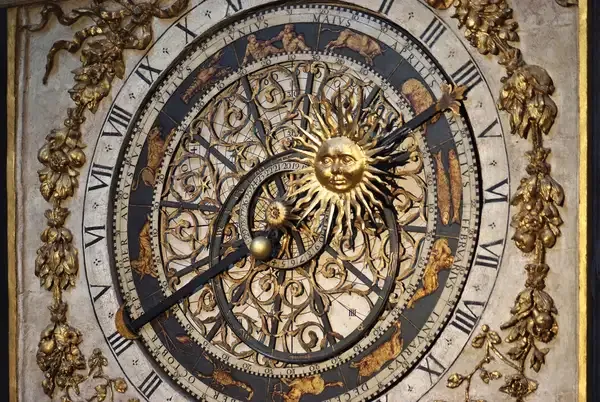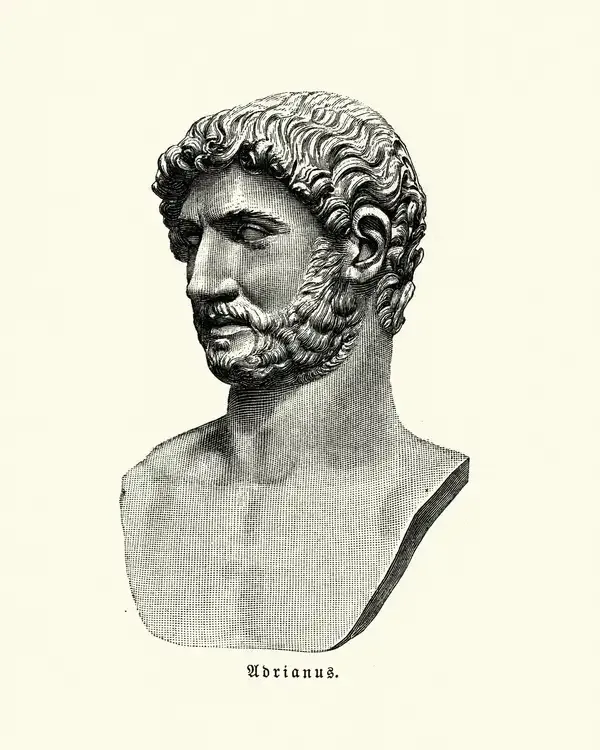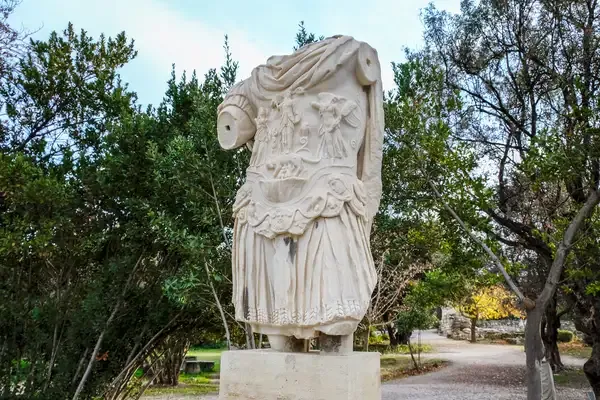Ten Days That Vanished: The Switch to the Gregorian Calendar
In 1582, the Gregorian calendar was introduced by Pope Gregory XIII to correct inaccuracies in the Julian calendar, which miscalculated the solar year by 11 minutes. As a result, 10 days were dropped to realign the calendar with the equinoxes. Many European countries adopted it at different times, causing confusion and resistance. This significant reform improved the accuracy of calendar dates, aligning them more closely with the Earth's revolutions around the sun and standardizing timekeeping.

The transition from the Julian calendar to the Gregorian calendar is a fascinating chapter in the history of timekeeping, marked by a significant shift that left ten days unaccounted for. This change, initiated by Pope Gregory XIII in 1582, had profound implications across Europe and the rest of the world. Below, we delve into the reasons behind this transition, the reactions it provoked, and its lasting impact on society.
The Need for Reform
For centuries, the Julian calendar, established by Julius Caesar in 45 BC, was the standard method of tracking time. However, this system miscalculated the length of the solar year by approximately 11 minutes. While this may seem negligible, over the centuries, these discrepancies accumulated, causing significant shifts in the calendar. By the late 16th century, the spring equinox, which traditionally fell on March 21, had drifted to March 11.
Pope Gregory XIII's Solution
To address this issue, Pope Gregory XIII introduced the Gregorian calendar, which adjusted the formula for calculating leap years. This reform aimed to realign the calendar with the seasons and the agricultural cycle, which was critical for a society largely dependent on farming. The new system eliminated ten days from the calendar to correct the previous inaccuracies.
The Ten Days That Vanished
When the Gregorian calendar was first implemented on October 4, 1582, the next day was designated as October 15, 1582. This abrupt change meant that ten days simply vanished from the calendar. The chart below illustrates this significant shift:
| Julian Calendar Date | Gregorian Calendar Date |
|---|---|
| October 4, 1582 | October 15, 1582 |
Reactions Across Europe
The implementation of the Gregorian calendar was met with mixed reactions. Countries that were predominantly Catholic, such as Spain, Portugal, and Italy, quickly adopted the new system. However, Protestant nations were more reluctant to make the switch. For instance, England did not adopt the Gregorian calendar until 1752, nearly 170 years later. This delay resulted in a discrepancy of 11 days at that time, which further added to the confusion surrounding the calendar.
Global Adoption of the Gregorian Calendar
As the centuries progressed, the Gregorian calendar gradually gained acceptance worldwide. Its use became more widespread through colonial expansion and trade. By the 20th century, the Gregorian calendar was recognized as the international standard, facilitating global communication, travel, and commerce.
Lasting Impact on Society
The shift to the Gregorian calendar had far-reaching implications. It not only affected religious observances, such as Easter, but also influenced agricultural practices and economic activities. The synchronization of timekeeping allowed for better planning and coordination among nations, which was crucial during the age of exploration and industrialization.
Modern-Day Relevance
Today, the Gregorian calendar is universally recognized, although some cultures still celebrate their traditional calendars alongside it. The significance of the ten days that vanished serves as a reminder of how timekeeping is intricately linked to societal structures and cultural practices. Understanding this transition is essential for appreciating the complexities of our modern calendar system.
Conclusion
The switch to the Gregorian calendar marked a pivotal moment in history, highlighting the importance of accurate timekeeping in a rapidly changing world. The ten days that vanished may seem trivial, but they represent a significant adjustment to align human activity with the natural world. As we continue to navigate time in our daily lives, the legacy of this calendar change remains relevant, reminding us of the intricate relationship between time, culture, and society.
In summary, the transition to the Gregorian calendar not only rectified a long-standing error but also paved the way for a more synchronized global society. Understanding this historical event enriches our knowledge of how calendars shape our lives, from daily routines to major cultural events.












